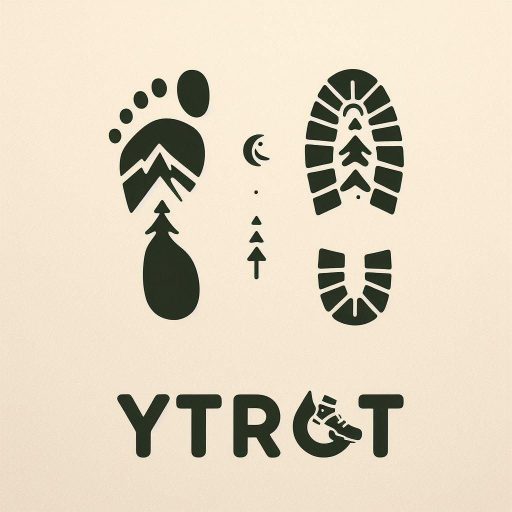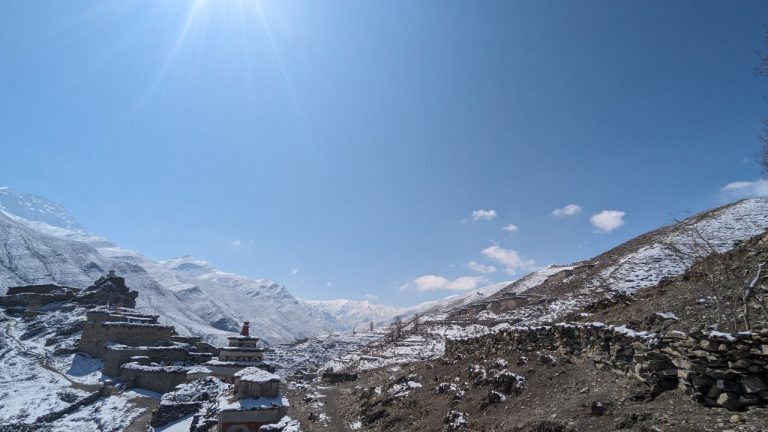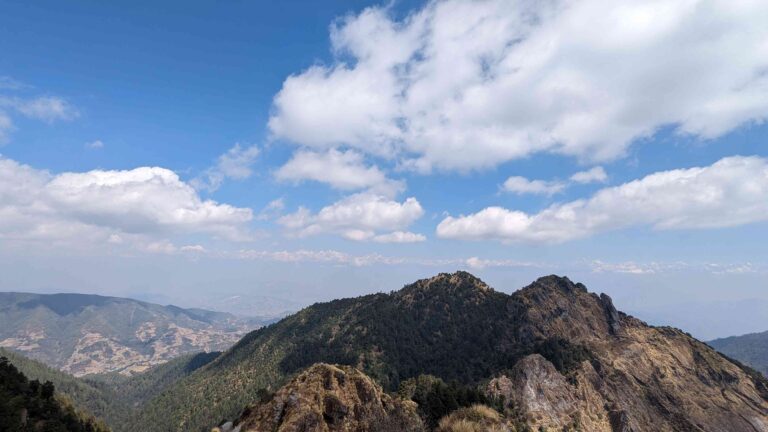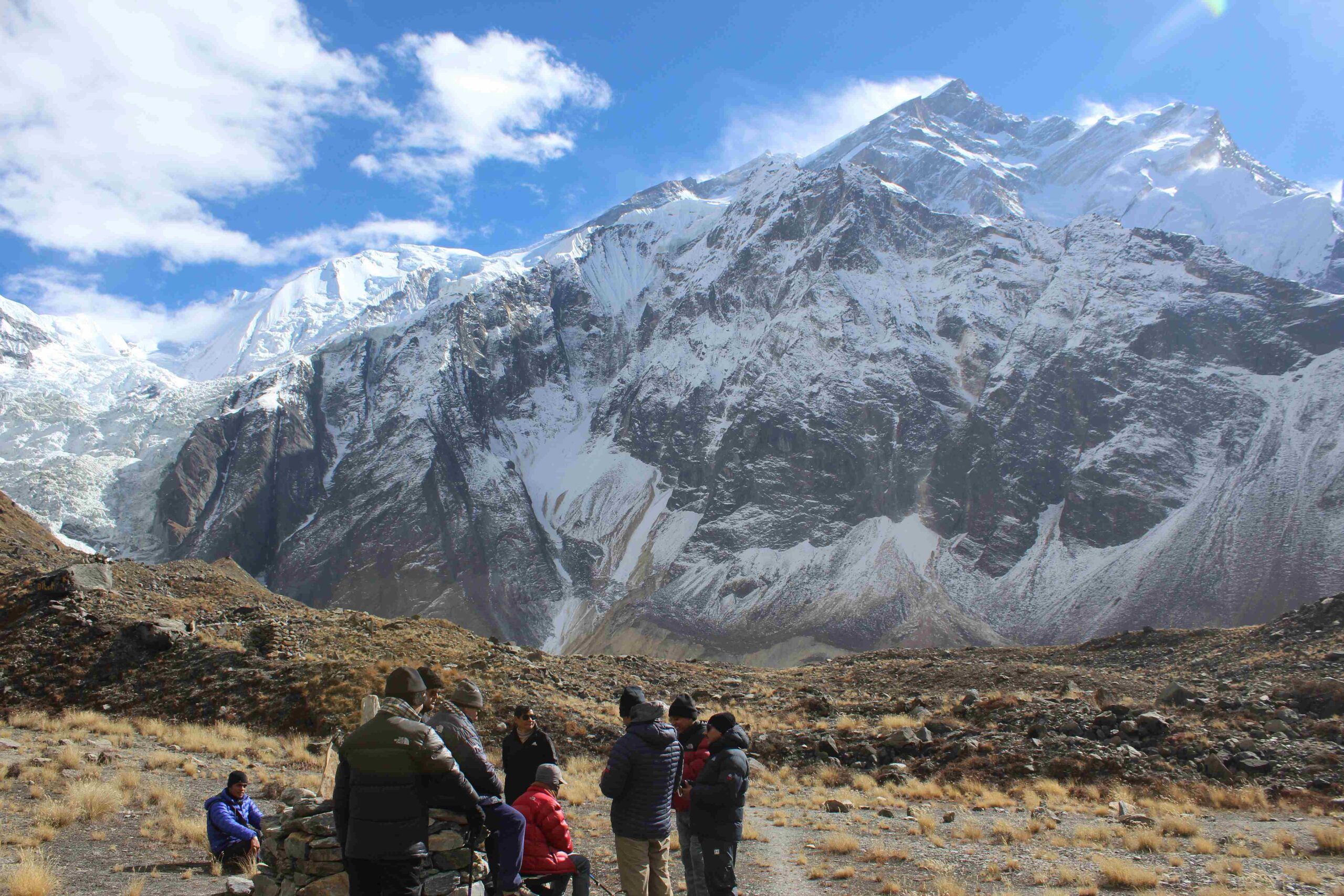In south Asian nations like Nepal, festivals frequently have societal purposes, particularly when they commemorate or pay reverence to deities, saints, or spiritual authorities. In Nepal, festivals may also provide entertainment, a necessity for local populations. Nepali culture and festivals, particularly well known for their festivities, are closely associated with religious significance. Traveling to Nepal during the holiday season may give you rich insights into Nepali traditions and rituals that are fascinating and well worth exploring.
The major Nepali festivals mentioned below are those that have drawn visitors from around the world.
Dashain
Dashain is he longest Hindu holiday in Nepal that lasts for two weeks and is typically marked with prayers and offerings made to Durga, the goddess of the universe. Family get-togethers, gift-giving, blessing-exchange, and lavish worshipping all take place during Dashain. The festival of Dashain celebrates the goddess Durga, who was fashioned from the shakti, or energy, of all the gods and given weapons from each of them. The festival usually falls under the month of October.
To safeguard the prosperity of her devotees, Goddess Durga, who stands for bravery and prowess, is worshipped and offered sacrifices. Pilgrims throng to numerous river confluences in the morning and sacred places in the evening throughout the first 10 days. The series of Dashain festivities known as Ghatasthapana, Phool Pati, Mahaastami, Nawami, and Vijaya Dashami are each commemorated with a unique set of customs.
Men and women visit their elders at Dashain to seek for Tika, a dab of crimson vermilion mixed with yogurt and rice, as well as blessings. People are observed wandering around on the tenth day, or Tika, wearing new clothing and having rice Tika placed over their foreheads. People attend relatives’ homes to receive Tika and blessings, which is followed by a lot of feasting.
Tihar
The five-day festival of lights called Tihar commemorates Laxmi, the Goddess of Wealth, while Yama, the God of Death, is also honored throughout the celebrations. Among Nepalese people, the Tihar celebration, which takes place in October or November, is a favorite. Throughout the celebration, houses are adorned with garlands and additional lighting across the nation.
The Yama informant is worshipped on the first day of Kaag Tihar, which is also known as the “day of the crow.” On the second day of Kukur Tihar, dogs are worshipped as representatives of Yama. Gai Tihar and Laxmi Puja are held on the third day. On this day, the cow receives morning prayers and food, and Goddess Laxmi receives evening elaborate prayers and puja. The fourth day is designated for oxen, a type of draught animal. The fifth day is Brothers’ Day, when sisters bless their brothers and place a rainbow-colored tika on their foreheads.
Buddha Jayanti
Due to the harmonious blending of Buddhist and Hindu components, Nepal is a unique country. The Buddha Jayanti Festival is observed by both Buddhists and Hindus in Nepal. They commemorate Siddhartha Gautama Buddha’s birth anniversary. On this day, the Buddha was born in Lumbini, located in the Terai region. He is revered by all Buddhists, including visitors from other countries, especially at the great stupas. Worshippers throng to Nepal’s largest Buddhist stupas and shrines on the day of Buddha Jayanti, beginning with Swayambhunath, Lumbini, Namobuddha, and Boudhanath.
MahaShivaratri
The most significant sectarian holiday of the year for followers of the Hindu god Shiva is Maha-shivaratri, also known as the “Great Night of Shiva” in Sanskrit. Every lunar month’s 14th day of the dark half is particularly devoted to Shiva, but the months of Magha (January–February) and, to a lesser extent, Phalguna (February–March), are days of exceptional joy.
A person’s spiritual peak is being pushed toward them by nature on this day. We built a specific celebration that lasts all night in this tradition to take advantage of this. For those who are seeking spiritual enlightenment, Mahashivaratri is incredibly important. Families celebrate Mahashivaratri as the anniversary of Shiva and Parvati’s nuptials. Those with materialistic aspirations consider that day to be the day Shiva vanquished all of his foes.
Shivaratri, which is observed throughout Nepal, stands for triumph, sincerity, and forgiveness. Dedicated followers of Shiva make a lifelong commitment to visit some of the best and most important shrines in Nepal at least once.
On this auspicious day, hundreds of thousands of devotees travel from all over the world to visit Shiva temples. On the eve of Shivaratri, more than a million people visit the Pashupatinath Shrine in Kathmandu, the largest temple in the world devoted to Lord Shiva. Among Hindus, it is one of the most sacred shrines.
Holi (Fagu Purnima)
The festival of colors, also known as Holi or Fagu Purnima, is when people cheerfully fling color or colored water and paint at one another.
The name of the fabled demonesses Holika is the source of Fagu Purnima, popularly known as Holi. The Hindu mythology is a common theme in Holi, as it is with many other Nepalese celebrations. It signals the triumph of good over evil. Legend has it that a young child by the name of Prahalad was a follower of Lord Vishnu, whom his father, the demon king Mahisasur, regarded as a fatal foe. The demon king was so furious that he gave his sister Holika, who possessed fire immunity, the order to murder his own son. Then came Holika, who was clutching Prahalad while she was on fire, however she perished in the blazes while the boy survived.
The majority of the country’s ethnic groups all participate in widespread celebrations of the auspicious event of colors. In recent years, the celebration of love, color, and fun known as Holi has extended to several regions of North America and Europe.
Chhath
Hindus in Maithili parts of Nepal and India celebrate Surya Shashti (Sun Veneration), commonly known as the Chhath festival. During the Chhath festival, the Sun, who is revered as the god of energy and the life force, is worshipped to encourage wellbeing, prosperity, and advancement. Hinduism holds the belief that worshipping the Sun promotes lifespan and prosperity for family members, friends, and seniors as well as aids in the treatment of various illnesses, including leprosy.
People from India and Nepal travel to the historic city of Janakpur to worship at the well-known Janaki Temple and take ceremonial baths in the nearby ponds and rivers. The first day of the three-day festival is spent cleaning the kitchen and getting ready for the fast.
Devotees congregate near the banks of ponds and rivers in the evening to watch the sun set. They sing songs, light lamps, and enter the sea to pray and present gifts to the setting sun. It is an impressive sight to see lit oil-wick lamps floating on the river.
Lhosar
The Sherpa community mostly celebrates Lhosar Festival. Lhosar, which means “New Year” in Tibetan, usually occurs in February. Major Buddhist stupas and monasteries like Swayambhunath and Bouddhanath are decked with prayer flags during this time. People perform their traditional dances at this joyous time, and they meet with family and friends to celebrate the New Year.
In Kathmandu, the dances are typically performed in Bouddhanath in Kathmandu, Khumbu, Helambu. Most Sherpa, Gurung, Tamang, Magar, Thakali, Manange, Helmuli, and Tibetan people participate in this festival.
The various ethnic groups in Nepal celebrate three different types of Lhosar festivals.
Tamu Lhosar
Tamu is another name for the Gurung people of Nepal, and Tamu Lhosar is one of their major festivals. The Tamu Sambat or Gurung Calendar Year officially begins with the Tamu Lhosar celebration. Every 15 Poush (in December or January) according to the Nepali calendar, Tamu Lhosar is observed.
Sonam Lhosar
The Nepalese Tamang community observes Sonam Lhosar. The Tamang people celebrate their new year on the first day of the new moon, which is the day after the month of Magh’s new-moon day (Magh Shukla Pratipada).
Tamangs have a lifestyle that is similar to Tibetans’, thus the way they celebrate this event also fits with them. The Lhosar celebration kicks off on the first day of the first lunar month in the Tibetan calendar, which has twelve lunar months.
Gyalpo Lhosar
This Lhosar is over two weeks long, during which time people sing, dance, eat, and engage in other ritual rituals involving gods and devils. The first three days are spent celebrating the main celebration. On the first day, “Chhaang” is used to make a beverage known as “changkol” (a Tibetan cousin of beer). Day two is referred to as Gyalpo Lhosar. The major New Year’s Day is today. People gather and feast together on the third day.
Jatra (Street Festivals)
The Kathmandu Valley, located at the meeting place of ancient civilizations from the Indian subcontinent and the greater Asian continent, is home to at least 130 major monuments, including numerous Hindu and Buddhist pilgrimage sites. There are seven World Heritage Sites in the valley. The Kathmandu Valley, which incorporates the districts Kathmandu, Patan, and Bhaktapur, is a popular tourism destination due to its distinctive architecture and colorful culture, which includes the most Jatras (street festivals) in Nepal celebrated by the Newar ethinc groups. The Kathmandu Valley’s original inhabitants, the Newar, are one of the oldest living ethnic groups in Nepal.
Jatra is an annual festival of the Newari people that includes religious rites, street performances, and exuberant celebrations. The Jatra has been observed by locals in Kathmandu valley for many generations and is an important aspect of Newari culture. Nepal hosts a number of Jatras throughout the year on particular times.
Indra Jatra
The largest religious street event in Kathmandu, Nepal, is called Indra Jatra. Indra Jatra is also known as Yeny, where Y stands for “celebration” and Ye stands for “Kathmandu,” which together indicate “Celebration inside Kathmandu.” The two main activities of this festival are the Indra Jatra and the Kumari Jatra.
Indra Jatra features tableaus honoring the god Indra, the monarch of heaven, masked dances of gods and demons, and displays of holy images. The live goddess Kumari is carried in chariots during the Kumari Jatra. Yala, the eleventh month in the lunar Nepal Era calendar, is celebrated for eight days, from the 12th day of the brilliant fortnight to the 4th day of the dark fortnight.
Rato Machindranath Jatra
The Rato Macchindranath Jatra, a chariot festival in Lalitpur, Nepal, honors the Buddhist deity of compassion Avalokitesvara. One of the largest religious events in the city is the longest chariot festival in the nation. Rato Macchindranath, the name “Rato” is used to describe the hue of red, which is also the color of the image of the deity. The splendid fortnight begins on the fourth day of Bachhala, the seventh month of the lunar Nepal Sambat calendar.
Bisket Jatra
One of the main holidays in Bhaktapur is the Bisket Jatra. The event’s primary locations are Thimi Balkumari and Bhaktapur Durbar Square. A statue of the God Bhairava is pulled to the Kholle tole by hundreds of devotees. The chariot is put together close to the Nyatapola temple (commonly known as the Five Stair Temple).
The tug-of-war between the Thane (upper) and Kone (lower) halves of town serves as the festival’s centerpiece, and Balkumari Thimi conducts a color festival (Sindhur Jatra). Pleasantries are exchanged, and Dhimay music is played while people celebrate.




[…] Taleju – The Taleju Temple is the tallest of all structures, built by King Mahendra Malla in 1549 AD. This temple is open to the public for one day each year during the Dashain festival. […]